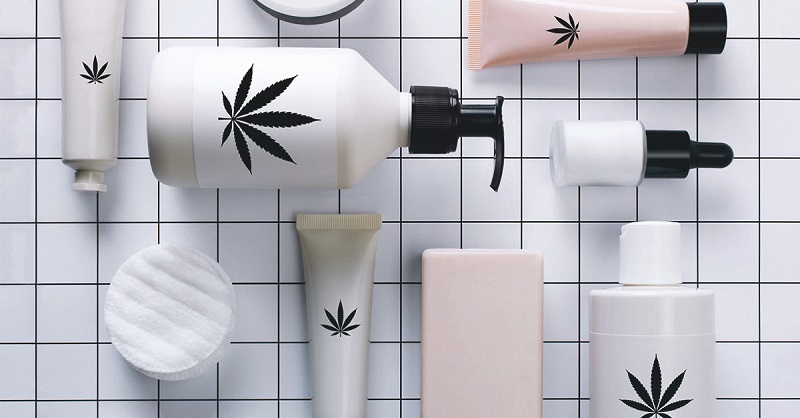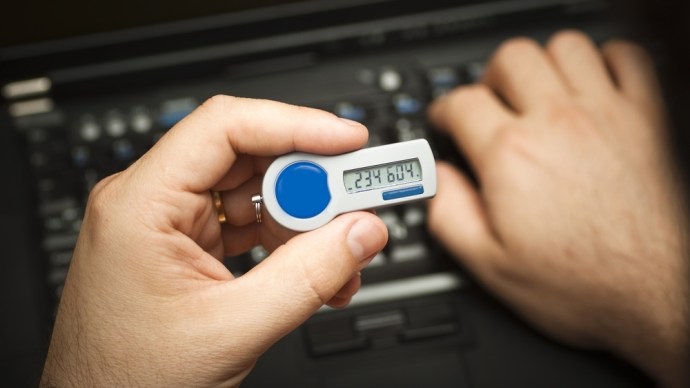In this study, the protective impact of all product packaging against contamination or damage caused by mechanical influences, moisture, or ultraviolet radiation, as well as the handling and stacking ability of the product packaging, is examined. CBD products are protected by CBD packaging. The emphasis is on:
- Primary packaging, for example, product packaging for CBD
- Secondary and outer packaging, for example, an outer box around 10 single packs of CBD items, shrink film wrapping around CBD oil or tincture bottles, and so on.
- Package designs, such as composite stacking and column stacking; packaging materials, such as stretch film, shrink film, and banding
Those that follow CBD Box packaging recommendations that solely include transportation packing (e.g. stretch film) are missing out on important opportunities. When selecting a packaging advisor, it is important to consider whether or not he or she takes a comprehensive approach. We propose service providers who do realistic, simulated testing of packaging and loading units (moisture, heat, cold, mechanical stress, acceleration, braking, and so on) while adhering to standardised standards (e.g. standardised procedures for packaging testing). This is the only way to ensure the validity of the results.
Cost Factors to Consider
The packaging for CBD Display Boxes should be as cost-effective as feasible to maximize the return on investment. Concentrating simply on the packaging material is not beneficial in this situation. In order to determine the most cost-effective packaging solution, all of the cost-generating aspects should be examined and tested by expert packaging consultants in collaboration with the customer.
Packaging Design and Development
Packaging design encompasses the analysis and optimization of primary n and secondary n product packaging in conjunction with appropriate transport packaging in order to achieve the best possible performance. The appropriate distribution of the various packing methods is critical in order to produce a loading unit that is both cost-effective and safe to operate.
There must be a selection of the most efficient distribution of the most diverse packaging materials, taking into consideration each company’s unique packaging issues, such as the performance of the most diverse packaging machines, throughput times, or the pressures of cost and schedule.
Before you begin your project, conduct an investigation
Before beginning a project, it is necessary to thoroughly investigate the many conditions that may arise during the packing process. What dimensions and qualities of cardboard boxes can be processed, what setting schemes can be implemented, whether the use of interlayers, anti-slip paper, or transport glues can be integrated into the process, and what transport packaging solutions can be implemented on the given machinery are all examples of what can be done with cardboard boxes.
Once holistic packaging concepts have been analyzed and optimized, the interaction between the product and the transport packing, as well as the interaction between additional safety measures, is investigated using laboratory test technologies to determine their behavior under a variety of loads. It is possible to record frequent difficulties on specific routes (truck transport, sea freight, air freight) using a GPS data logger and then reproduce them on test technologies if the problems are widespread. This method allows for targeted optimization of packaging design.





